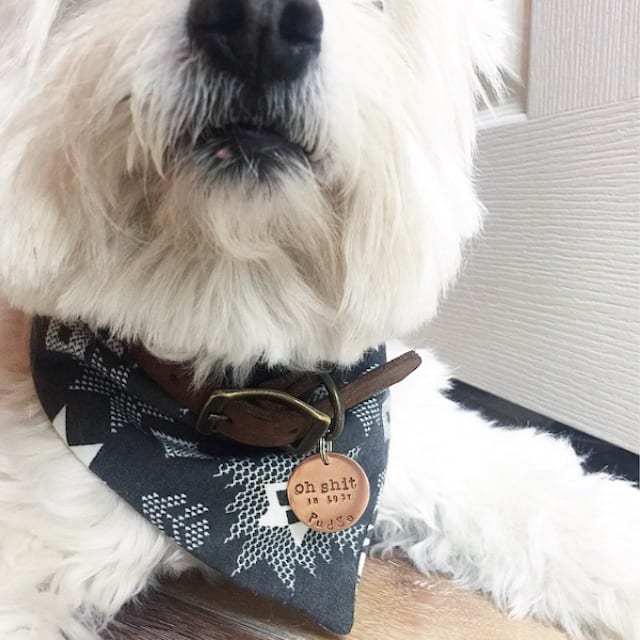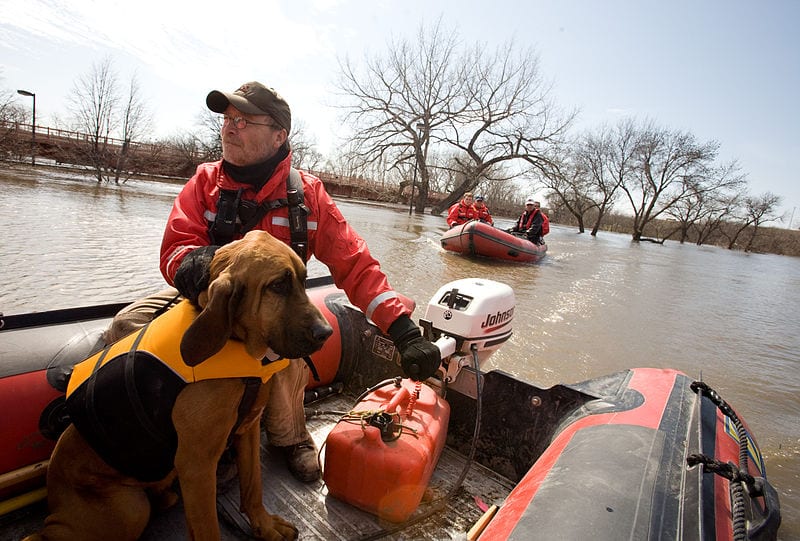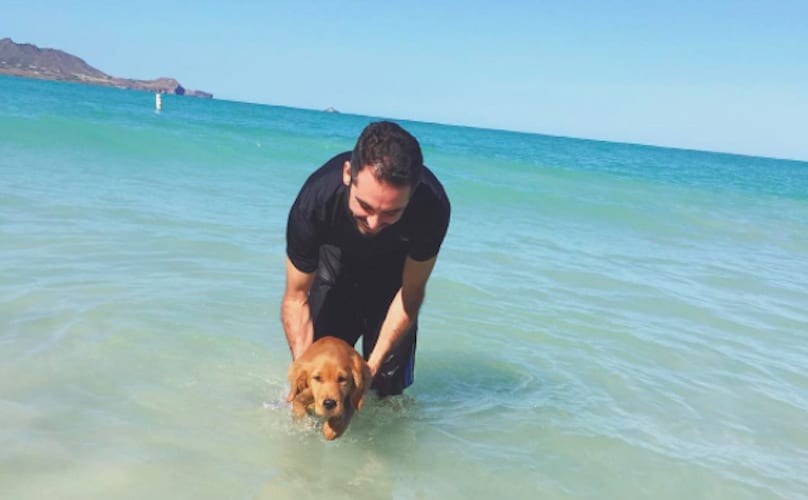To help those in Houston, two-legged or four, please go to Best Friends Animal Society Disaster Relief page or the American Red Cross.
Do you know what you’d do with your pup if the smoke alarms woke you in the middle of the night? What about if storm sirens sounded? While you’re never truly ready for an emergency, creating a plan ahead of time helps. People often make a plan for their human family members, but they forget to include their pets in those plans.
Here’s what you need to do keep them safe:
Identification
Make sure ID tags and microchip information is up to date. If your best friends flees during an emergency, this will help your chances of being reunited.


Shelter
Find out which evacuation shelter and hotels/motels in your area accept pets. Be sure to ask if there are restrictions on the number of pets, breed or weight. You can also check with family and friends, your veterinarian or shelters and rescues in the area to see if they would accept your pets in emergency circumstances. In an already trying situation, you’ll be glad you figured these details out in advance.
Keep vaccinations up to date, because not having them could limit which boarding facilities will accept your pet.
Emergency Kit
Create an emergency kit for your pets so you’re able to evacuate in a hurry. Keep it near the door. The Humane Society of the United States recommends keeping the following items in your emergency kit:
• Food and water for at least five days
• Medications and vet records
• Leashes, harnesses and carriers
• Current photos of you with your pets and descriptions of your pets (should you get separated)
• Written information about your pets’ routines, including feeding schedules, medical issues and behavior issues (in case you need to board or put your pet in foster care)


Remember that it will take you longer to evacuate with pets. Don’t wait for the evacuation mandate. If the situation endangers you and your pets, evacuate early.
Planning for when you aren’t home
Hopefully you have a pet sitter you trust. Talk about emergency plans with them to see if they’d be willing to retrieve your pets if you are ever unable to do so. Make sure they have a copy of the key and know where you keep the emergency kit.
Hunkering down
In certain weather events, it’s best to stay right where you are. Your safe space is also your dog’s safe space. Think somewhere away from window and as low as you can get.
Put some emergency supplies in your safe space in advance: food, water, etc. Keep your dog on a leash or in a crate, whatever makes him or her the calmest and safest. Keep a weather radio in your safe space so you know when it’s OK to go back into the house. If your dog has storm anxiety, this also might be a good place to stash a thunder shirt and any prescribed meds.
While we hope you’ll never have to use these practices, being prepared can save lives.






